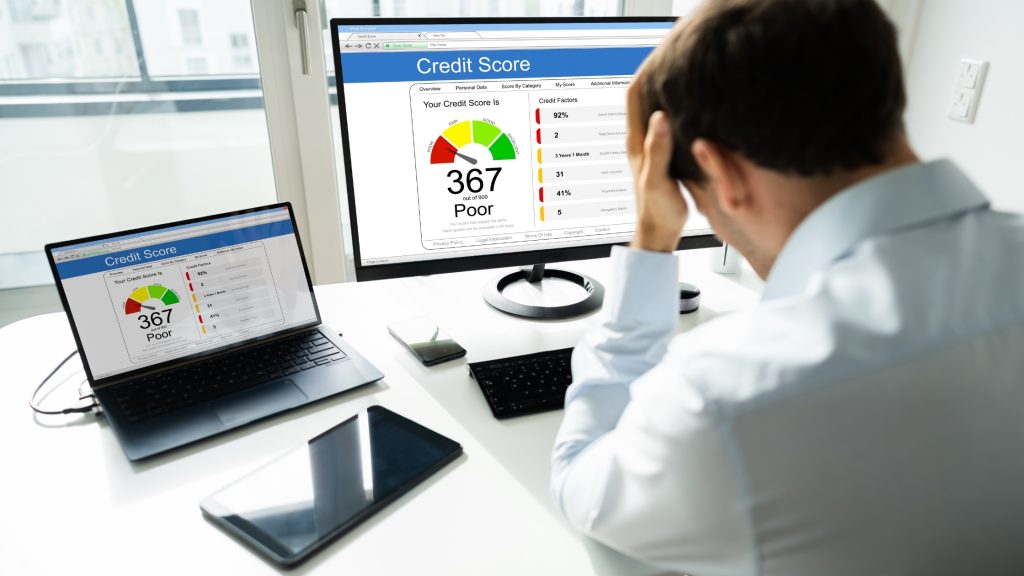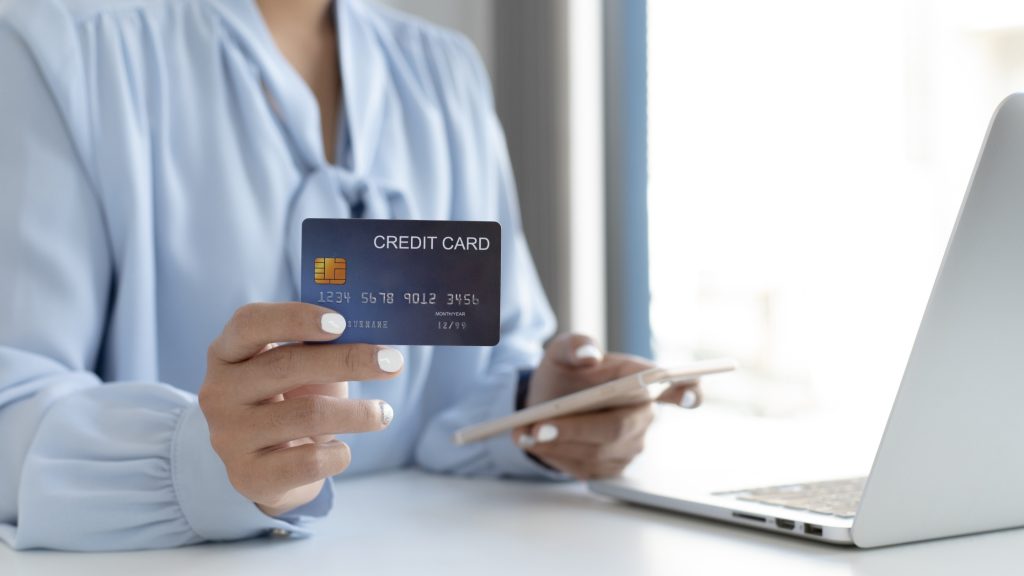Repairing credit and improving credit scores are the two sides of the same coin. Credit repair is important to improve your credit scores by disputing errors or inaccuracies in your credit history. Is this sounding confusing to you? Well, I’ll be sure to clear your confusion.
What is a Credit Score?
A credit score is a three-digit number between 300 and 850 representing an individual credit holder’s credit history. Lenders usually analyse borrowers’ credit scores to determine their interest rate and credit limits. A higher credit score generally helps people get loans with lower interest rates and better loan offers.

What is a Credit Repair Process?
Credit repair is a process through which an individual can improve his/her credit score from low to high. So, to improve your credit score, you need to know how to do credit repair. But, before starting the process, you must know-
What are the Reasons for Low Credit Scores?
Credit score calculation depends on several factors. Here are the most common reasons for low credit scores
- Late or Missed Payments: Even one missed payment can cause your credit score to drop.
- High Credit Utilisation: Using too much of your available credit negatively affects and lowers your credit scores.
- Many Hard Inquiries: Your scores can be decreased gradually if you apply for multiple credit cards or loans quickly.
- Errors in Credit Reports: Errors such as incorrect information, accounts that don’t belong to you, and wrong addresses can drag down your credit scores.

What Steps Should Be Followed in the Credit Repair Process?
Step 1: Checking Reports
You need to check your credit reports to find errors as your first step. You can get a free report from AnnualCreditReport.com (Official Source). Check for:
- Incorrect address
- Personal details
- Duplicate accounts
- Late payment, etc.
If you find any errors or errors, please don’t hesitate to let me know as soon as you can. You can dispute them by taking help from credit bureaus. Three reliable credit bureaus are-
Step 2: Pay Off Due Payments:
If you find you have past due payments, take actions fastly to settle this matter. In terms of a big amount, contact your creditors to set up a payment plan for you. Do you have accounts in collections? Here is a tip for you.
Step 3: Your credit utilization should not be above than 30% of your credit limits.Below
30% to improve your score:
Example: If your credit limit is $5,000, don’t use more than $1,500. To lower your credit utilisation-
- Pay off credit card balances
- Request a higher credit limit (but don’t increase spending)
- Make multiple small payments throughout the month
Step 4: Avoid New Hard Inquiries:
Whenever you apply for a new loan or credit card, it creates a hard inquiry and lowers your score.
- Don’t apply for multiple credit cards in a short period of time
- Stop taking unnecessary loans unless absolutely needed.
Tip: Check your report. If you’re pre-qualified, you don’t need to apply multiple times. (This doesn’t affect your score.)
Step 5: Build Positive Credit History:
Negative marks or credit history close the chances of getting beneficial loan offers.So, to build a positive credit history, you can-
- You can deposit money upfront and use the card responsibly.
- Ask a trusted family member to add you to their credit card for becoming an authorized credit user.
- Take small loans which are considered as credit builder loans to improve credit scores.
- Make small transactions and try to pay on time to get positive remarks.
Step 6: Set Up Automatic Payments:
If you don’t want to get negative marks and a low credit scores, avoid late payments by-
- Setting up autopay for your credit card and loan payments.
- Using payment reminders never to miss a due date.
[Note: 35% of credit scores belong to payment history. So, pay on time to get good]

What are the Best Practices to Maintain a Good Credit Score?
Maintenance is more hard than obtaining things. Once you repair your credit, follow these best practices to keep your score high:
- Check your reports for errors regularly
- Always keep Credit Utilisation below 30%.
- Pay Bills on Time.
- Try to use a combination of credit cards, loans, and retail accounts.
- Keep old accounts open. The length of the credit history affects the credit score.
How Long Does It Take to Repair Credit?
The time it takes to improve your credit score depends on your financial situation. Here’s an regular estimate:
- 30-60 days for fixing minor errors.
- 6-12 months for recovering from late payments.
- 3-6 months for paying off debt & reducing utilisation.
- 1-7 years for rebuilding from collections or bankruptcy.
[Note: Negative impacts stay on credit reports for 7 years. But it can be reduced by practising good credit habits.

